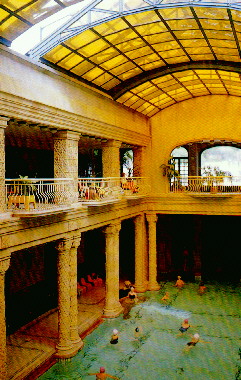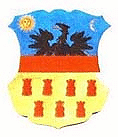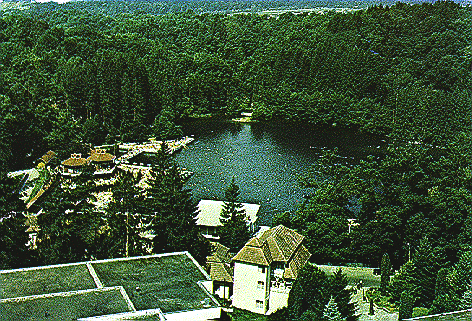

According to an order by Habsburg queen Maria Theresa (1740-1780), the male
Székely population was subject to recruitment to serve as border patrols, under the
command of the Habsburg military authorities. The Székely people resisted to join the
forced military draft and they organized a revolt against it. As a retortion, Habsburg
officers Bukow and Siskovich made a blood bath near the village called Madéfalva
(Siculeni, Rumania today), in 1764. The terror-attack came under the darkness of the
night, when the Habsburg mercenaries sneaked in the village and massacred 200
unsuspecting Székelys. They were buried in a mass grave, called Vészhalom (Engl.
Hill of death), and as a result, thousands of terrified Székelys fled across the
Carpathian Mountains, over to Moldova, which was in Rumanian territory. These
people later became known as the Csángó székelyek (Engl. Székelys who wandered
away), and they still exist in Moldova today. History recorded the bloody event as the
Massacre at Madéfalva (Lat. Siculicidium).
SZOVÁTA The village of Szováta (Sovata, Rumania today) lies in
the Transylvanian salt mining region. Szováta, as part of
Austria-Hungary, received its characteristic architecture during the
19th century. It is a spa village and has 5 small lakes, i.e, Medve tó,
Mogyorósi tó, Fekete tó, Veres tó, Zöld tó (Engl. Bear lake,
Hazelnut lake, Black lake, Red lake, Green lake). Shown here the
Medve tó (Bear lake), the waters of these lakes are so concentrated
with salt that we can float on the top of the water and cannot
submerge.
People use the healing effects of the lakes' waters for their rheumatic
and gynaecologic problems. The mud of the Fekete tó and Veres tó
have healing activity as well.

